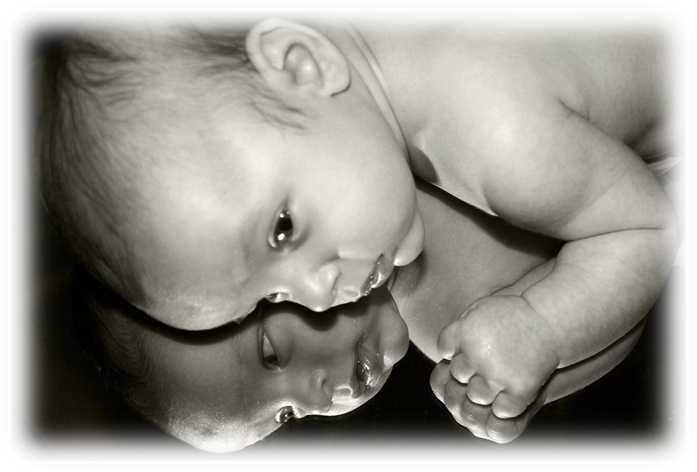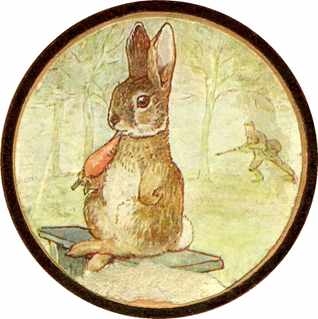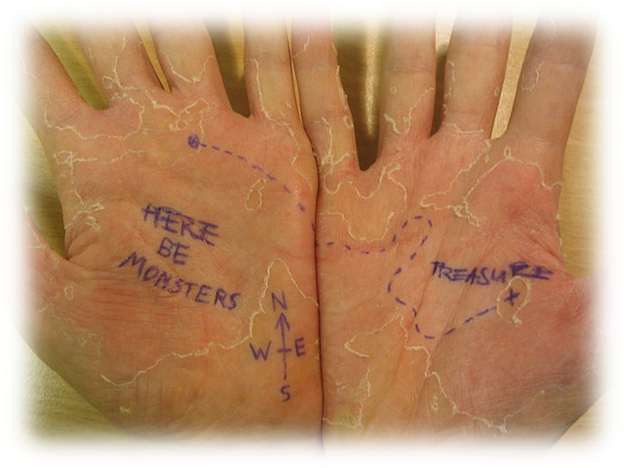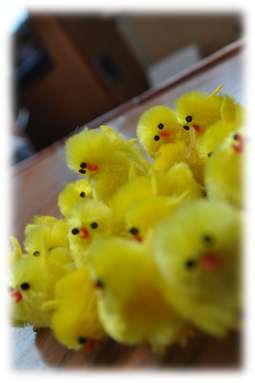Using your bodylanguage and facial expressions to teach children – Mirroring
You are telling your child a story in which you are hoping to teach them a lesson in acceptable behaviour.
Your child is watching you intently.
She is mirroring your emotional reaction to the story, and learning from it.

Social Referencing
Children learn how to react to situations based on their parents’ facial expressions.
This is known to psychologists as “social referencing”.
Apart from “emotional intelligence” as the correct assessment of the emotion being conveyed, social referencing is another hugely important aspect of children’s learning from facial expressions.
In storytelling, children use the emotional intelligence skills that have been developed to identify what your reaction to a given social situation is. This identification will often be by means of your facial expression.
The expressions you portray in reaction to the events of a story as you narrate it, help your child to socially reference that situation and understand how they too, should react to it.
They follow you, their social and emotional guide.
Once your child has correctly assessed your emotion and identified your emotional reaction with a social situation, they start to accumulate a mental “toolkit”.
These are behavioural tools that they use when presented with these social situations in a real environment.
Children do not look to everyone to provide social referencing.
Most often they look to you, their parent.
“…children are more likely to accept information from a trusted source; when a novel ambiguous object, a remote-controlled black spider, was introduced…children were more likely to respond appropriately to their mother’s reactions of fear or of happiness than they were to respond to the stranger’s reactions. That is, they considered the source of the information when deciding whether to accept it.”
Social referencing as a function of information source: Mothers versus Strangers. Infant Behavior & Development.
Zarbatany and Lamb.
You provide the most important visual cues to your child, and so you need to be aware of yourself, and constantly ensure that your emotional reactions to episodes or characters of the story are what you want your child to learn from you.
When your child is very young, stories based around simple emotions such as happiness, sadness, fear and anger and common social situations will teach your child what is OK and what is not Ok.
To play with other children makes the character, and you by proxy, “happy”. However, to refuse to share toys makes the character, and you by proxy, “unhappy” – but when this character eventually agrees to share, happiness is restored.
As your child grows older, and you use more complex emotions and more complex social situations, your child will learn specifics around how to act and react.
If, for example, in your story, the little girl steps on a piece of trash, her reaction may be “Eeew! Yucky!”
Here your facial expression will indicate that this is disgusting, and your child will learn that rubbish in turn is disgusting. Equally, her reaction to the little boy who threw the rubbish might also be disgust. Your child has now learned that rubbish and throwing rubbish onto the ground, are both unfavourable things. The little girl may tell the little boy that throwing rubbish is not allowed, with a happy smile and a kind voice. Your child now understands what attitude to adopt when faced with someone who throws rubbish.
Utilize this knowledge of social referencing as a means to teach your child about situations and emotions they have not yet encountered.
Studies show that a child will not necessarily accept your social referencing response as their own response if they have some experience of the object in question already.
According to one study, children “accepted [social referencing] only when the information did not contradict their own understanding of the situation and of their own abilities.”
Children’s Selective Learning from Others.
Nurmsoo, Robinson & Butterfill
The implication here is clear:
You as a parent need to mold your child’s attitudes and perceptions before they encounter the situation for themselves.
Make sure they adopt your reaction as learned, rather than forming their own opinion first and then rejecting your attitude.
Following on from that, it becomes apparent how important the continuation of storytelling and the use of social referencing is as children grow, as you try to keep apace of their past experiences and attitudes and the attitudes you want to teach for likely future experiences.
Storytelling homework
There’s a lot of evidence to point to just how important facial expression and your ability to remain consistent and believable is to your child’s development and I can put some of the difficulties and arguments with my daughter down as direct consequence of where I/we haven’t been consitent in our attitude/approach and she (quite rightly) is confused or has made up her own mind as to the proper attitude.
In the next couple of weeks:
- Become aware of the facial gestures you use. Feel when you raise your eyebrows or furrow your brow. Notice when you smile with your mouth and when you smile with your face.
- Keep an eye open for whom your child seems to trust and use as reference (who do they look/go to when they’re not sure of the situation). This will tell you who your child is using as a social reference. By The Way, this applies throughout life – can you think of a friend/aquiantance who could be described as a “do as I say not as I do” kind of person?
- When you’re reading books or stories with your kids, notice who the social references are in the book. Which characters seem to take the behavioural lead and which follow? What could you take from those characters and use in your own stories?
- When telling stories, remember that your response is the reference for your audience, so make sure you’re clear about what you want them to learn from it.
Remember you can head back to the chapter introduction on facial expression and masks in storytelling any time.















